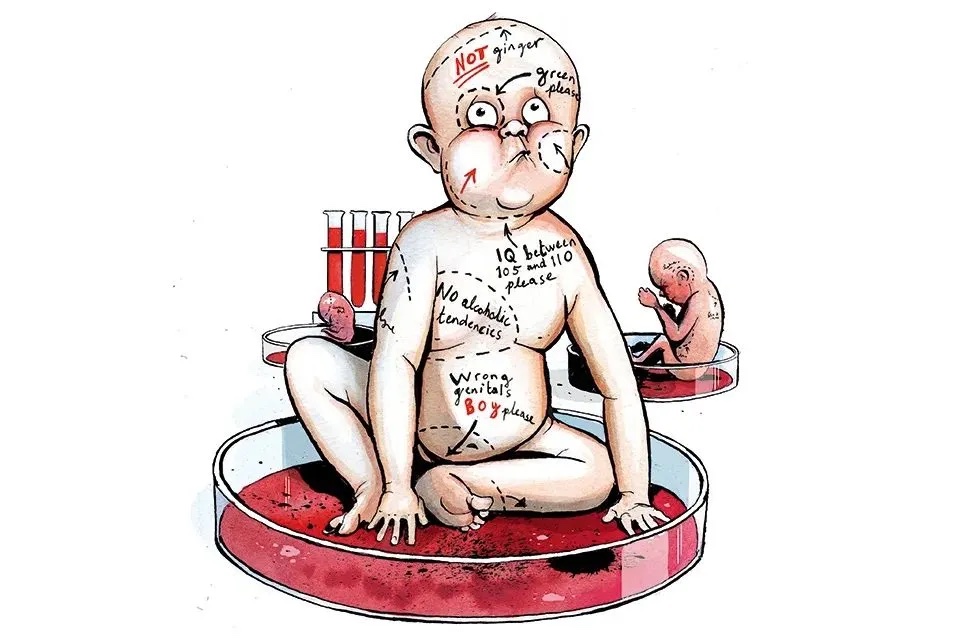I’ve been writing a diary for 26 years and 2020 is shaping up to be a vintage one. I thought 2019 would be hard to beat, what with Brexit, Greta and Labour’s implosion, but this year I’ve been feeling like Samuel Pepys as the 21st century answer to the bubonic plague sweeps the world.
The virus first came to my attention on January 24, when I mentioned in passing ‘the spread in China of something called “coronavirus”.’ But it wasn’t until February 9 that I informed my diary that the arrival in Britain of Storm Clara has ‘given the media something else to panic about other than coronavirus. Seven people now infected in the UK and 800 deaths in China.’
At 32, Pepys was younger than me when the plague ravaged London in 1665, which may have been a factor in saving him from becoming one of the estimated 100,000 fatalities (around 20 percent of London’s population) of the disease, which was transmitted by fleas that lived on rats. Once infected, the chances of surviving the plague were terrifyingly slim; most people, as Daniel Defoe recorded ‘were immediately overwhelmed with it, and it came to violent fevers, vomitings, insufferable headaches, pains in the back, and so up to ravings and ragings with those pains’.
Of more significance, however, was that Pepys was not poor and didn’t live in the squalor that passed for housing where the plague flourished. In terms of lethality coronavirus bears no comparison with the more deadly bubonic plague, but re-reading Pepys’ diary it is fascinating to see the parallels between 1665 and 2020. The first handful of recorded Plague deaths in London were in March but of more interest to Pepys that spring was England’s fight with her European neighbors (specifically, in this instance, the Dutch) for control of the seas and trade routes. Pepys mentioned the plague in a line at the end of April and then on May 24 wrote: ‘To the coffee-house, where all the news is of the Dutch being gone out, and the plague growing upon us in this town; and some of the remedies against it: some saying one thing and some another.’
Despite the continued presence of the plague, Pepys remained unconcerned, dining out most evenings and, as he noted on June 1, trying on his new camelott (camel or goat hair) suit, ‘the best that ever I wore in my life’.
Six days later Pepys saw for himself for the first time the effects of the plague while strolling through Drury Lane, writing in his diary that evening ‘two or three houses marked with a red cross upon the doors, and “Lord have mercy upon us!” writ there; which was a sad sight to me’.
The melancholy was gone within a day as news reached London of victory over the Dutch in an engagement off Lowestoft. Pepys’s heart ‘was full of joy’ at the news.
Pepys continued his ‘business as normal’ approach, even in August, when the Bills of Mortality were recording more than 6,000 burials each week (a figure that rose to 8,000 the following month). In fact Pepys worked so hard, he complained to his diary on August 9, that he went to bed early because he was ‘disturbed with over-much business today’.
While Pepys chronicled the contagion, many of his peers sought the safety of the countryside. ‘Those who could, including most doctors, lawyers and merchants, fled the city,’ records the National Archives. ‘Charles II and his courtiers left in July for Hampton Court and then Oxford. Parliament was postponed and had to sit in October.’
Theaters and courts were closed, all sport shut down and trade with other cities at home and abroad was suspended. The Council of Scotland closed its border with England and, according to the Museum of London, ‘people’s lives and businesses suffered terribly because so many were shut in their homes [and] many were forced to beg or steal food and money because the plague had such a bad effect on trade.’
‘Lord!’ wrote Pepys on August 16. ‘How sad a sight it is to see the streets so empty of people.’
But again the dejection was brief. The next day Pepys went boating on the Thames with four friends, dropping anchor near Gravesend, ‘to supper mighty merry’.
The ability to carry on regardless was a defining characteristic of Pepys, according to his biographer, Claire Tomalin. Physical pain of some sort or another had been his constant companion since childhood, imbuing in him a stoicism and a determination to make the most of life. ‘You see it again, later, in his elated response to the plague year, when,’ wrote Tomalin, ‘with death all around, he grabbed at whatever there was to enjoy’.
Pepys wasn’t blasé about the plague. He was afraid to wear a new wig in case it became infected but he understood that life had to go on. I am not for a moment being flippant or diminishing what is a global tragedy but it will be far better for our morale to read Pepys than it will today’s newspapers, which seem hell-bent on panicking people with their alarmist and speculative headlines.
This article was originally published onThe Spectator’s UK website.


























